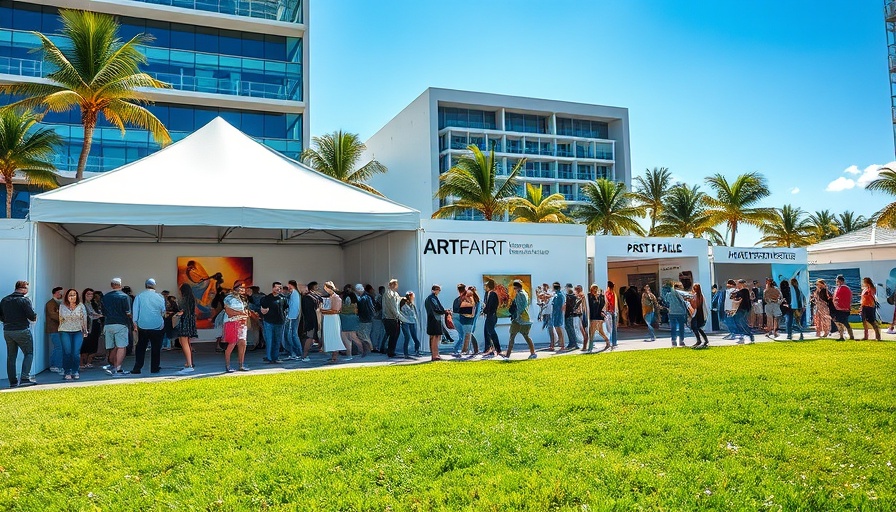
Kevin Young Takes Leave Amid Controversy: What Does It Mean?
The recent developments surrounding the Smithsonian's National Museum of African American History and Culture have raised eyebrows, especially with Kevin Young, the museum's director, taking a leave of absence. It comes at a turbulent time as former President Donald Trump has reignited criticism towards institutions like the Smithsonian, arguing they suffer from political bias and misrepresentation of American history. This latest wave of scrutiny aims to delve into how museums portray narratives that shape public opinion.
The Impact of Political Climate on Cultural Institutions
In today’s politically charged environment, institutions that have longbeen considered arbiters of culture are under siege. Young's leave signals potential internal strife or external pressure that is impacting the museum's operational dynamics. This raises crucial questions: How does such tension shape the mission of museums? Is history at risk of being rewritten in the wake of political pressures? The museum, which aims to elevate African American history and culture, now finds itself at the heart of a backlash that could alter its path forward.
Historical Context: Museums as Grounds for Debate
Museums have historically played vital roles in societal discourse by anchoring communities in shared narratives. However, as politics influence cultural expressions, the very fabric of these institutions may shift. Young's departure invites comparisons to past instances where directors or curators faced pressure regarding their programming or staffing amid political climates. The focus now will be on whether the Smithsonian can remain a pillar of truth during a time when historical interpretations are so pivotal to public dialogue.
Community Feedback: A Local Perspective
For Philadelphia’s top wage earners, who often invest in cultural experiences, the recent turmoil at the African American Museum strikes a personal chord. Many locals appreciate museums not just as repositories of artifacts but as venues for education and community dialogue. Engaging with local voices, artists, and stakeholders provides a broader perspective on how such changes resonate with those affected directly. In an increasingly diverse nation, the museum’s mission to tell African American stories must be supported, not stifled.
What Lies Ahead? Future Predictions for Museums
The artistic and cultural landscape is shifting rapidly. As political figures continue to call for scrutiny of institutional narratives, museums like the Smithsonian can either tighten their grips on history or adapt to become more inclusive and reflective of varied narratives. The decision-makers, including Young, who return to their roles or enter anew, will need to tread thoughtfully. They must answer how they can balance the portrayal of history with the current national discourse while keeping their commitments to the communities they serve.
A Rallying Cry for Support and Awareness
As the situation unfolds, it’s vital for art lovers and community advocates to stand up and support museums that endeavor to represent multifaceted histories. Constituents should remain engaged and vocal about what these institutions mean to them, advocating for spaces that encourage inclusivity and learning. If you’re passionate about preserving the integrity of cultural institutions in your community, lend your voice, attend a local meeting, or engage on social media to share your thoughts about the ongoing narrative within museums.
 Add Row
Add Row  Add
Add 




Write A Comment